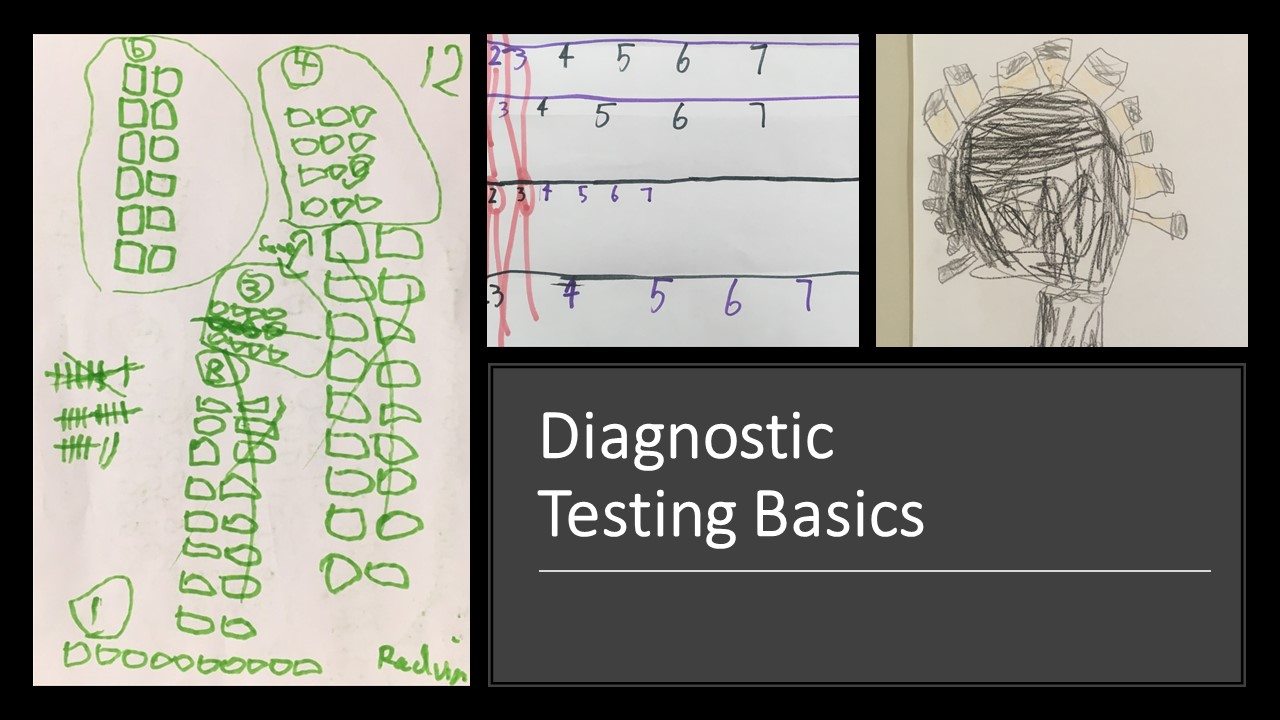
Formative assessment, developmental stages and starting the year well
The goal of formative assessment should always be to find out what each student NEEDS next, rather than focusing
By Tierney Kennedy
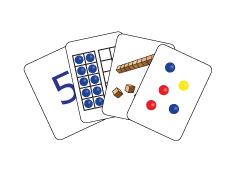 Activities are at this link.
Activities are at this link.
Watch a free video at the bottom.
Buy convenient, pre-made cards here
Almost every lower primary classroom that I have been into has used rotation groups for literacy. Yet when this same approach is used for numeracy the effectiveness tends to be pretty variable. This month I would like to share with you my personal approach to using rotation groups effectively and in such a way that doesn’t require hours of preparation, marking or clean up…
Choosing groups:
Sometimes rotation groups can quickly become big behaviour management headaches. To avoid this problem, I use a few simple strategies when forming my groups in the first place:
I usually form around six groups from the kids in my class, with 3, 4 or 5 students in each. I create these groups based on student behaviour rather than on their ability, so that I know that the groups will continue to function well even when I am not with them. Six groups allows me to separate my “naughtiest” kids and then form the groups around these kids based on who will work together well.
Structuring a lesson:
During any rotation group lesson I tend to work using 3 x 20min blocks. Here’s how it works:
First 20 minutes:
I work with three groups (half the class) doing a problem-solving task. These kids don’t necessarily work in their groups – they will be grouped according to what I want them to achieve during this time (e.g. might be ability grouped, might be as one large group, might be in pairs…). By keeping half the kids with me I am able to limit the amount of behaviour management and intervention that I need to do. The other three groups rotate through 3 x 5min activities.
Second 20 minutes:
Swap. I work with the other three groups while the kids who worked with me do the three rotational activities.
Last 20 minutes:
All the kids come back together for sharing and generalising time. I ask specific children to share what they have done in the problem-solving task rather than someone from each group. I use their explanation as the basis for my own, and help all students to generalise the principles learned.
Choosing activities:
I use fluency or simple application tasks for the rotational groups that are not with me. I have around 10 activities that are on high rotation and at least two of the activities for the day come from this set. This limits the amount of explanation time needed each lesson and gives practice time for important concepts. Each of these activities take only 5 minutes, are exciting, and are simple for the kids to self-manage. My favourites can be found at this link. I hope that you find this a manageable structure that you can adapt for your kids.

The goal of formative assessment should always be to find out what each student NEEDS next, rather than focusing
Recently I’ve been pondering findings from a major report into Australian schooling that kids who are struggling in maths by
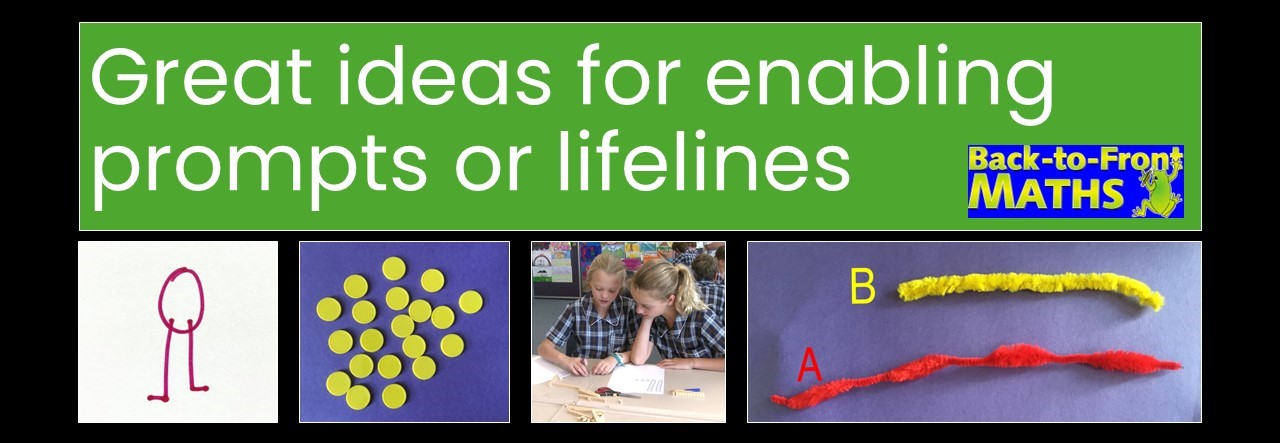
Enabling prompts or life lines are a fantastic way of helping students who are stuck to get started. They do not reduce
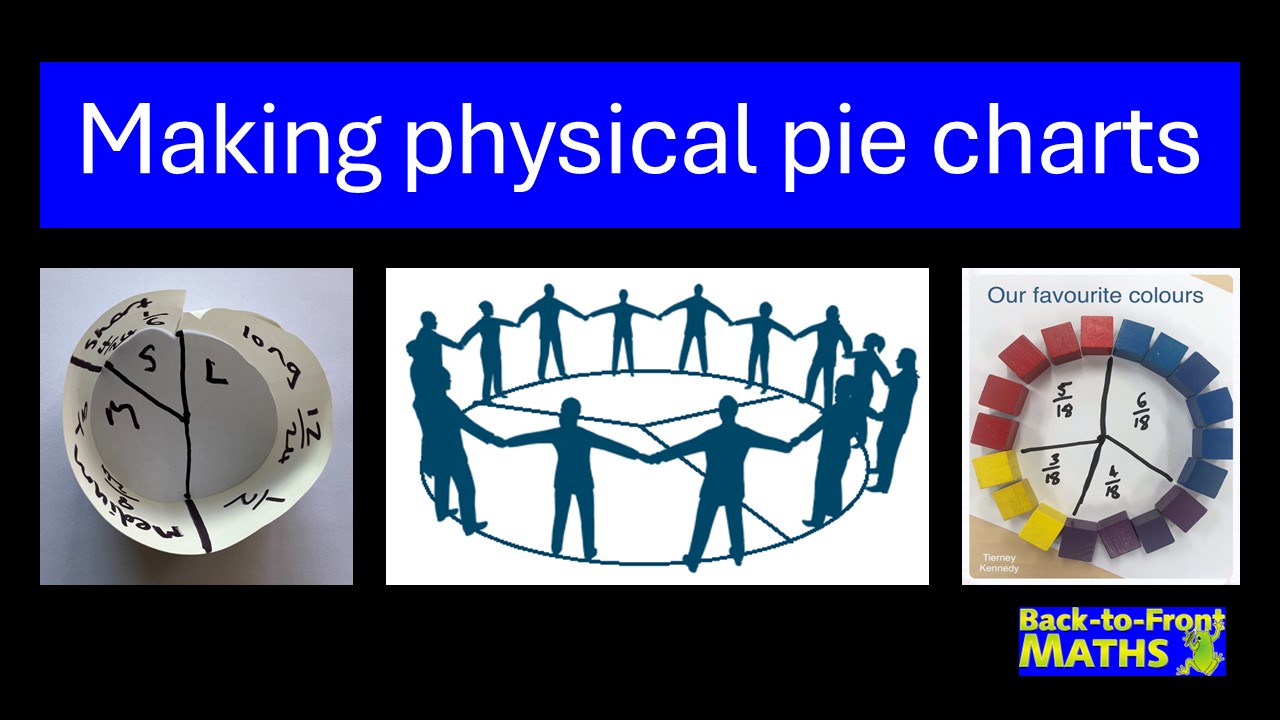
Pie charts are an awesome way of linking statistics, fractions and angles, however they can often be difficult for students
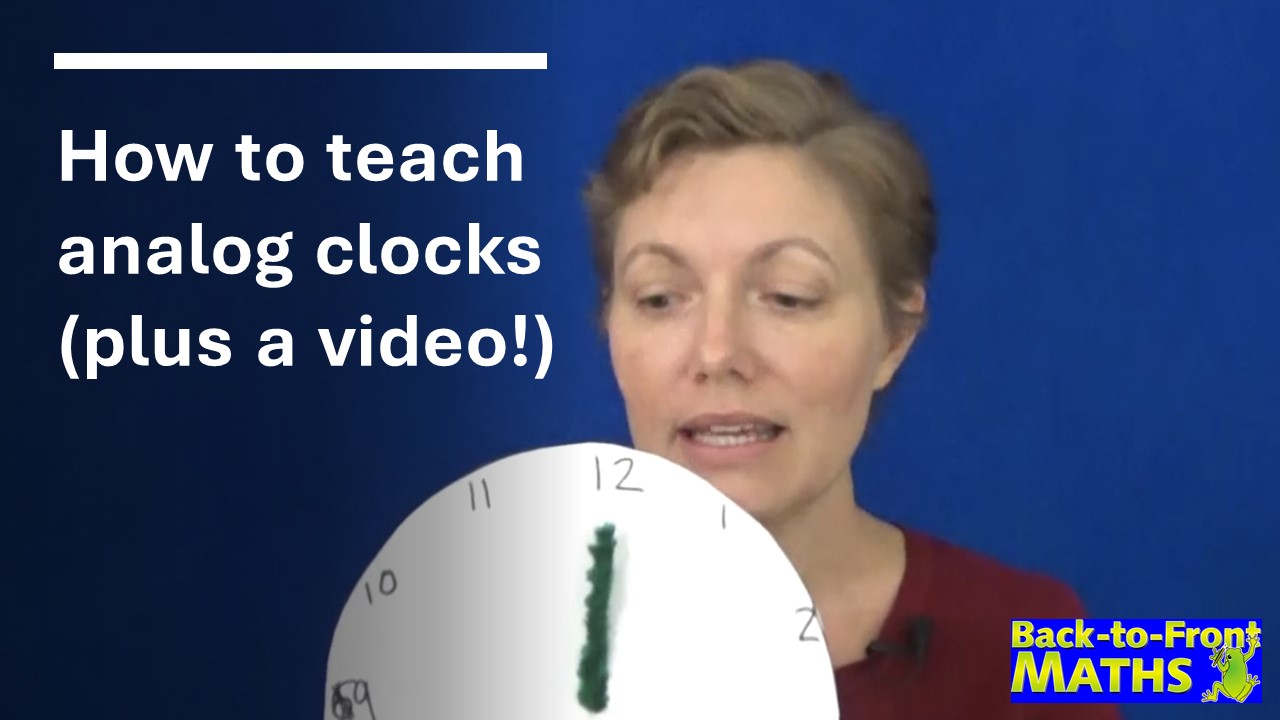
While it may sound counter-intuitive, the easiest way to learn to tell the time is to remove the minute hand
Hundreds charts are great for connecting tens and ones. Why not turn one into a jigsaw puzzle to use in

KENNEDY PRESS PTY LTD
FOR ALL ENQUIRIES, ORDERS AND TO ARRANGE PD:
© COPYRIGHT 2023 KENNEDY PRESS PTY LTD ALL RIGHTS RESERVED TERMS & CONDITIONS